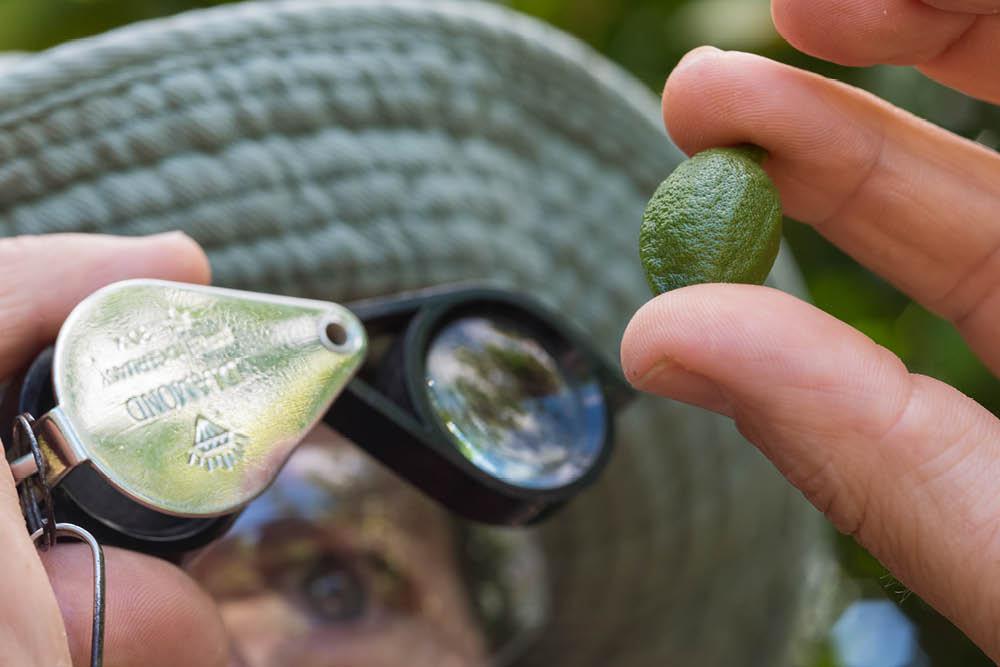Exceptional growing conditions and high global prices are continuing to benefit Australian agricultural production and exports.
The ABARES September quarter Agricultural Commodities Report released today is forecasting agricultural export earnings to climb to a record $70.3 billion for 2022-23 – almost 50% more than what it was 10 years ago after accounting for inflation.
ABARES Executive Director Dr Jared Greenville said industry’s overall forecasted gross value of $81.8 billion shows it is performing strongly, with cropping leading the way.
“Winter crop prospects in Australia are looking very promising at the beginning of spring - we’re forecasting a 55.5 million tonne harvest,” Dr Greenville said.
“Meat production is also rebounding, with the national herd and flock returning to pre-drought levels.
“Favourable seasonal conditions are expected to persist, but global inflation and rising costs of farm inputs could cloud outlook for demand and farm incomes.
“It’s the first time our exports are expected to exceed $70 billion, showing the ability of our farmers to navigate considerable global economic uncertainty and to make a strong contribution to global food supplies.”
Dr Greenville said the latest ABARES forecasts factored in tapering global growth – and the likelihood of a third straight La Niña, roughly a once in 30-year event.
“Widespread inflation and a sluggish Chinese economy are the main watchpoints,” he said.
“Global food and fertiliser prices remain very high despite falling from peaks earlier in 2022.
“The World Bank expects high global food prices through to the end of 2024 which will have adverse implications for global food security.
“We’re seeing Australian agriculture leaning into this uncertainty, with continued global demand for our food and fibre, another bumper winter crop and the forecast of continued favourable growing conditions.
The value of cotton exports is forecast to reach a record $7 billion in 2022–23 to be the third most valuable export commodity after wheat ($11.7 billion) and beef ($10.2 billion).
“Harvesting delays mean most of the bumper 2021–22 cotton crop will be exported during 2022–23,” Dr Greenville said.
The ABARES September 2022 Australian Crop Report, also released today, is forecasting near record levels of wheat and canola production for 2022-23.
“For wheat we’re looking at 32.2 million tonnes, and for canola we’re expecting 6.6 million tonnes, just shy of the records last year,” Dr Greenville said.
“Barley production has also been strong and is forecast to reach 12.3 million tonnes, the fourth largest on record.”
Planting of summer crops in 2022–23 is forecast to be well above average, supported by available soil moisture and significant areas of land previously left fallow during winter.
For interview requests email media@aff.gov.au or phone (02) 6272 3232.
Read the September 2022 Agricultural Commodities Report- https://www.agriculture.gov.au/abares/research-topics/agricultural-outl…
Read the September 2022 Australian Crop Report - https://www.agriculture.gov.au/abares/research-topics/agricultural-outl…


